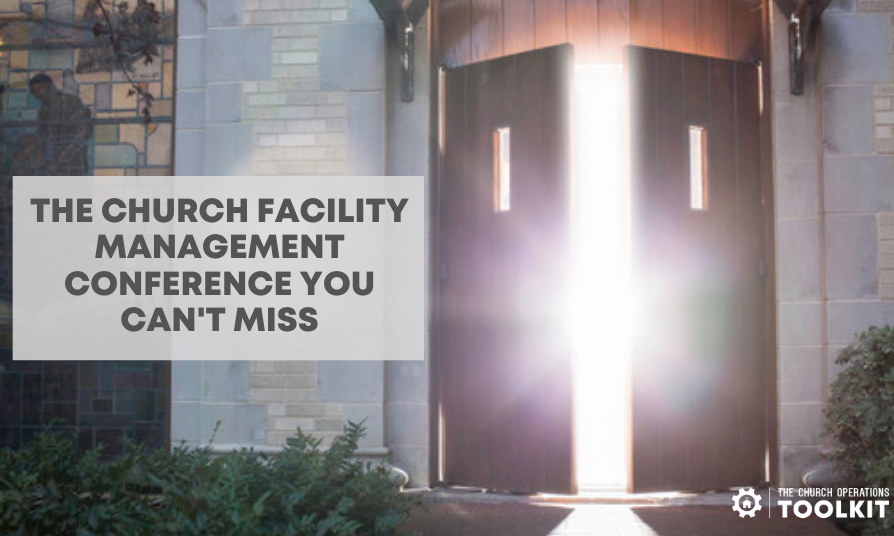Church Management Software – 4 Steps to a Successful Implementation
If your current church management software isn’t working for your church, and you’ve decided to make a change, there’s much more involved than just converting data to a new system. Even if everyone on your team hates the current software, there’s still going to be some resistance to change. New software involves learning a new …
Church Management Software – 4 Steps to a Successful Implementation Read More »









